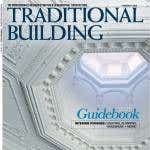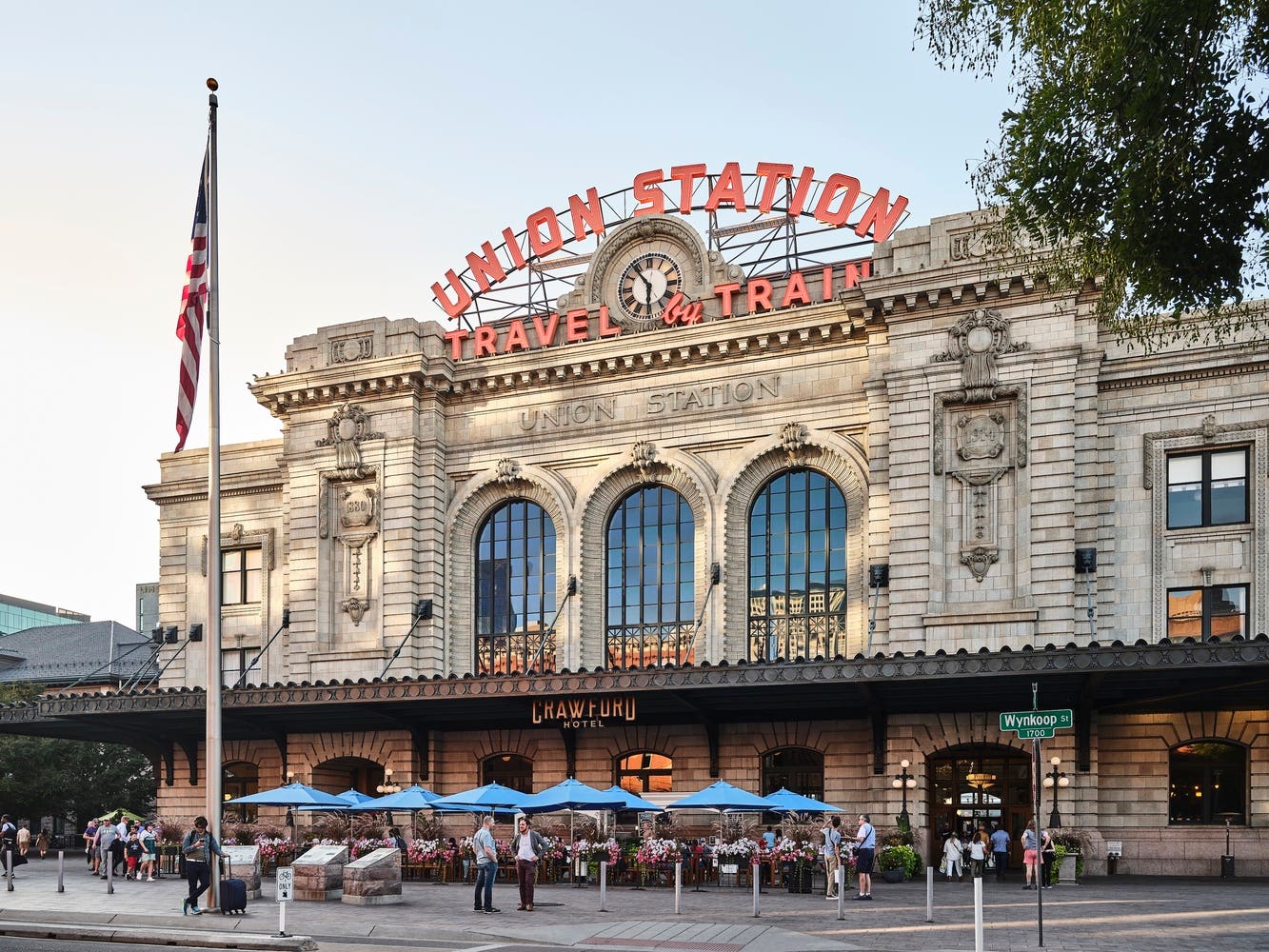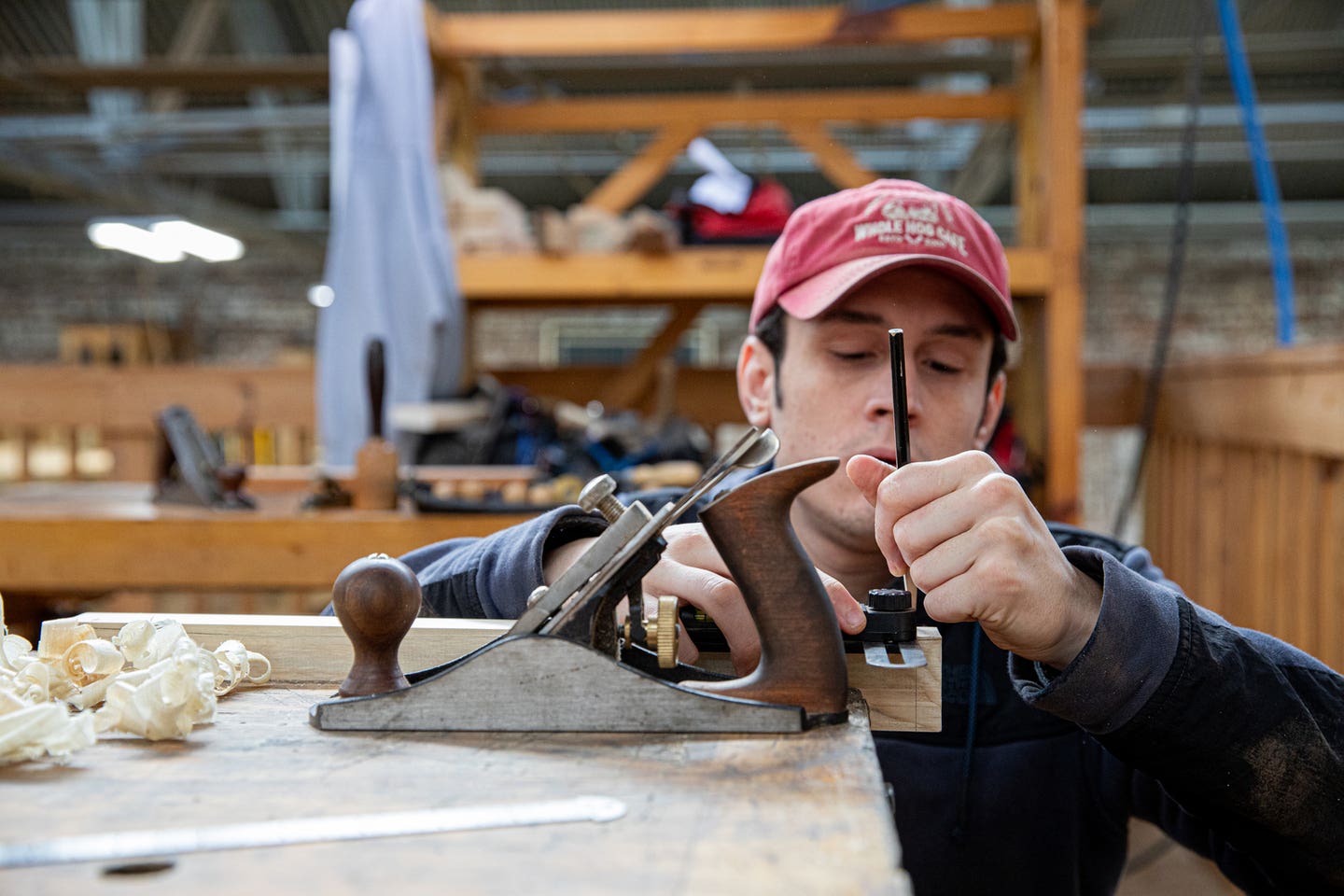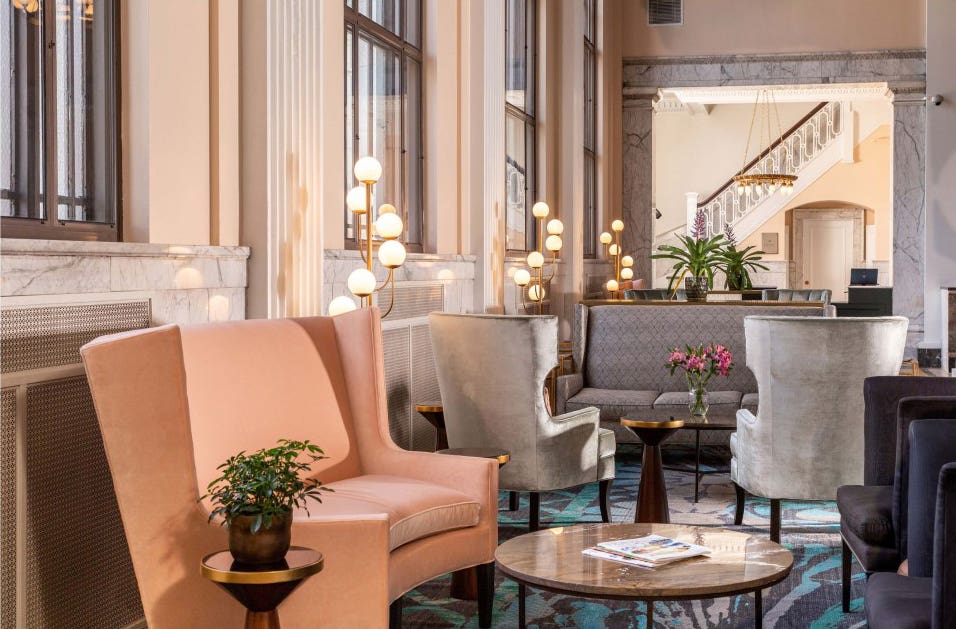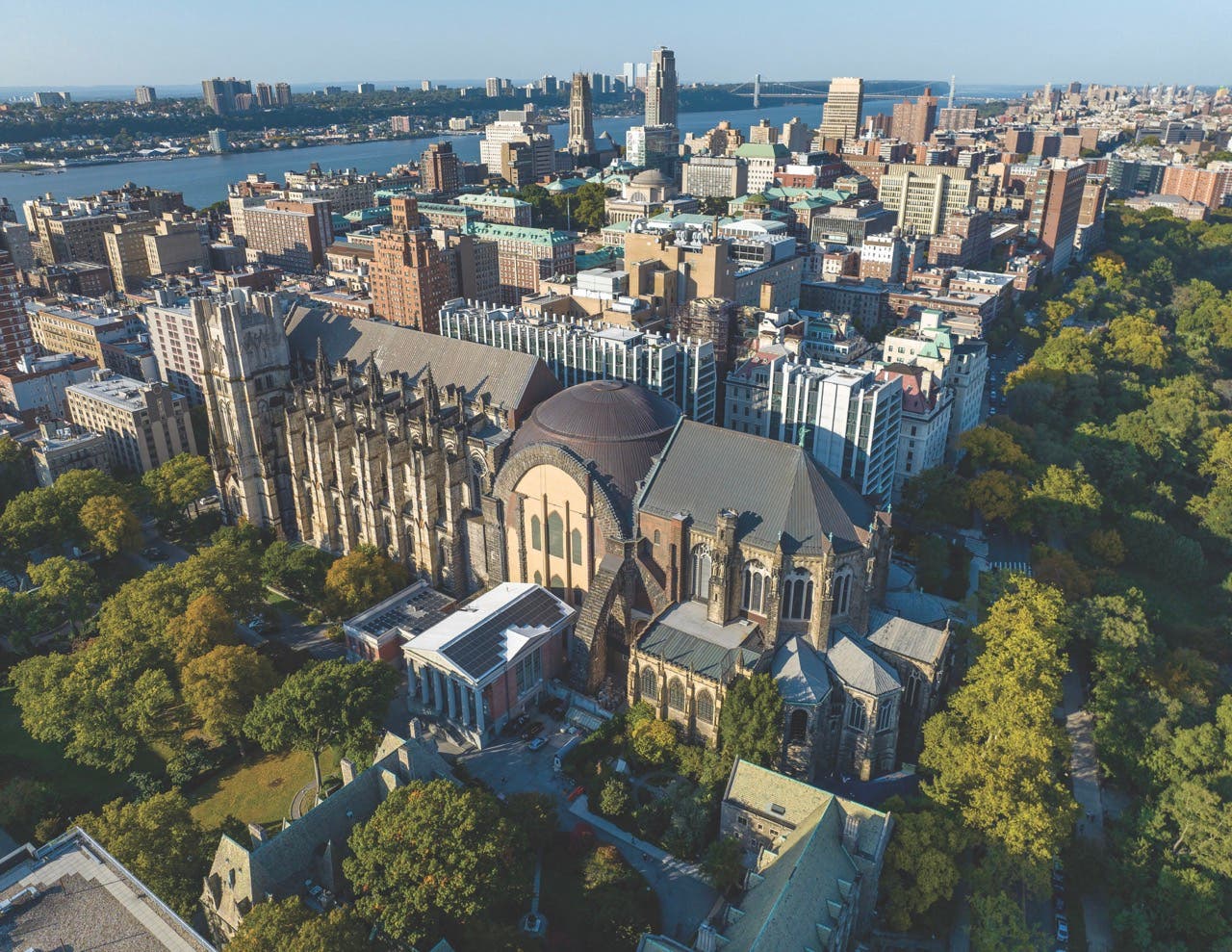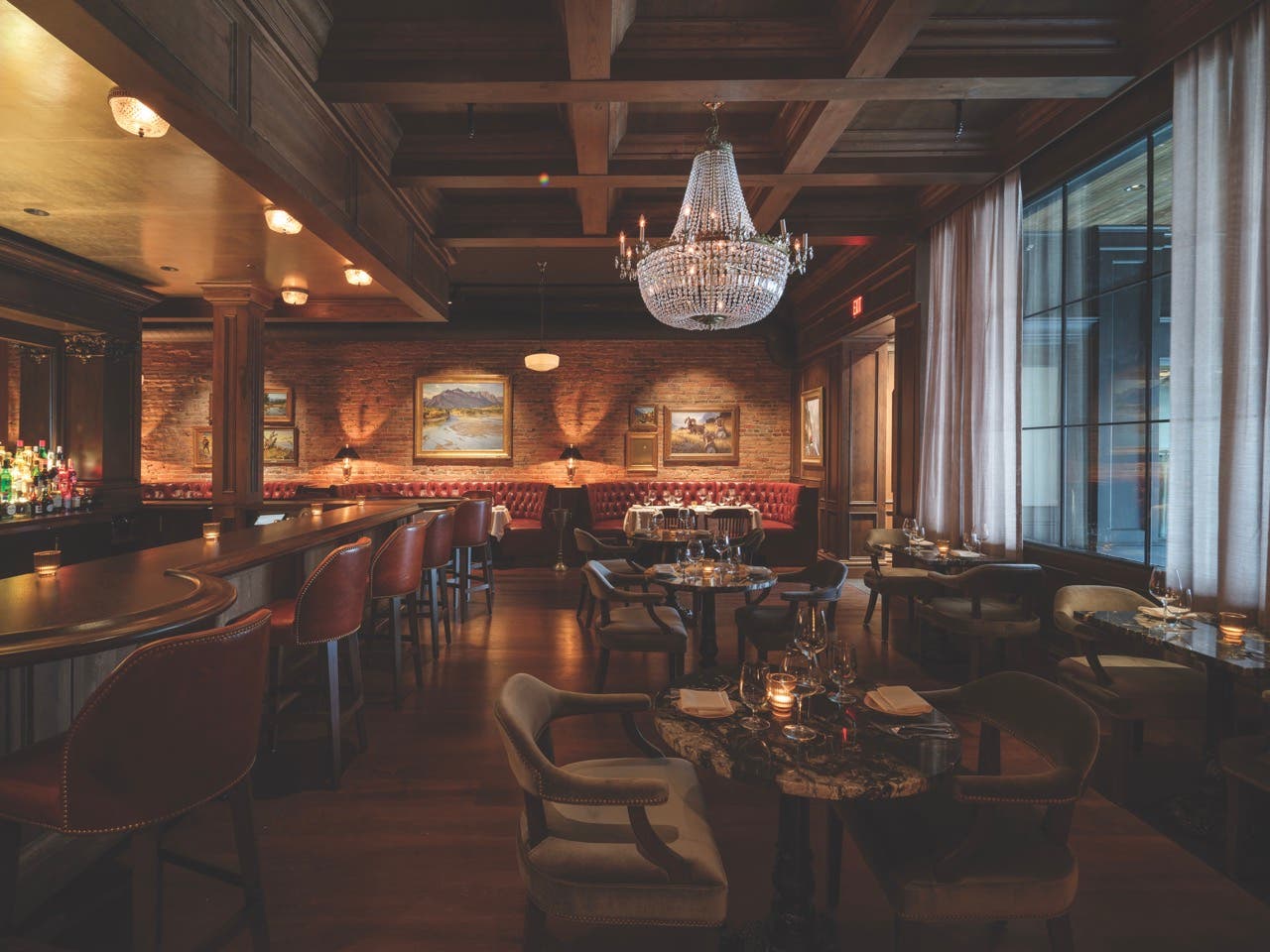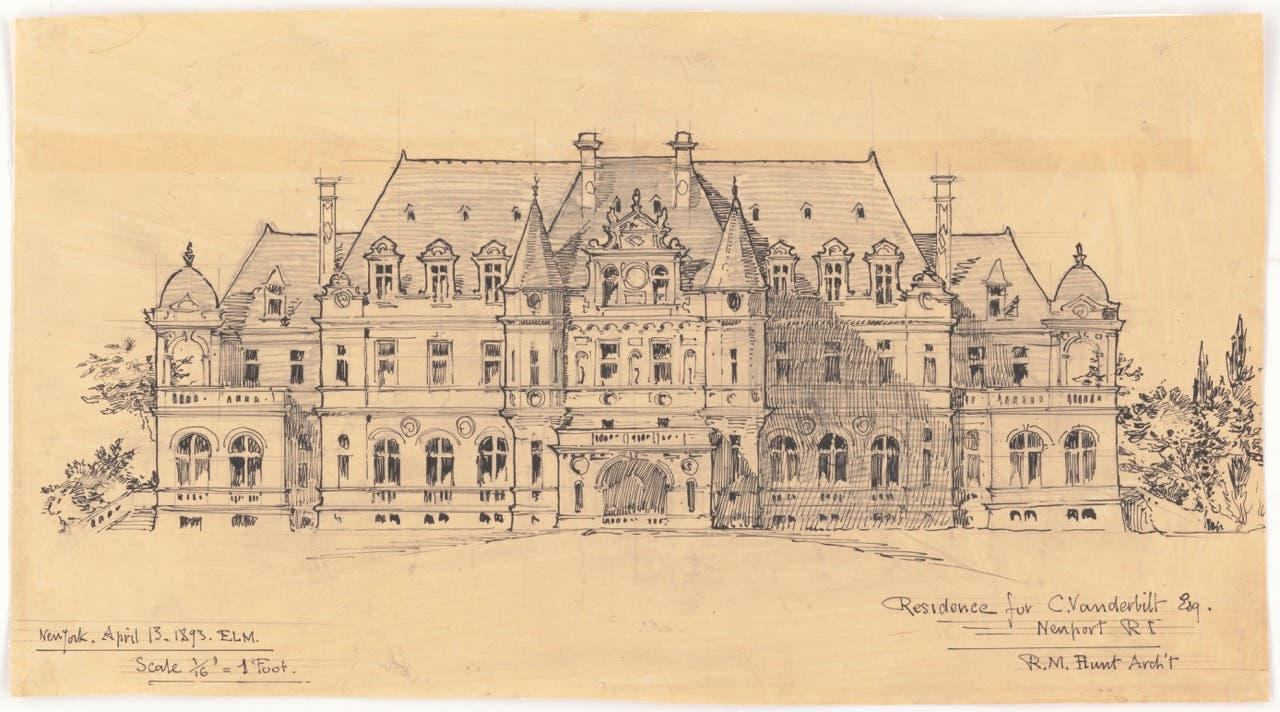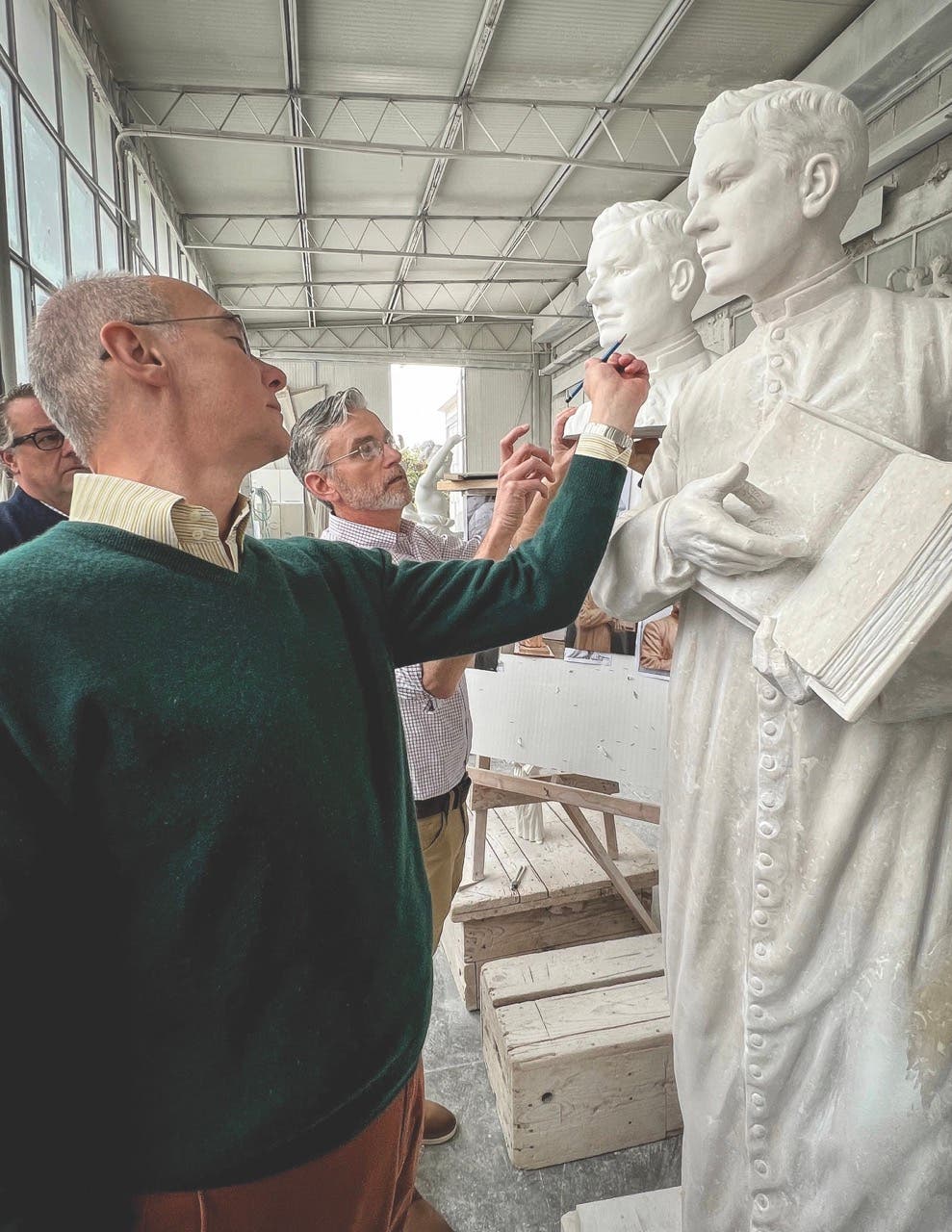
Features
Crafts Celebration with Rambusch
How do you celebrate 125 years of tradition?
For decorative arts icon Rambusch, which has designed and executed more than 45,000 commissions in ecclesiastical arts, church interiors, stained glass, historic restoration, conservation, replication, commercial and liturgical lighting, and art metal and mosaic, it means an upcoming yearlong celebration of events, shows, presentations, and lectures that honor its premier place in the annals of preservation history.
In addition to publishing two books, Rambusch: The First 100 Years and one as-yet-untitled tome that covers the accomplishments of the last quarter century, the fourth-generation owned- and -operated company is hosting an exhibition at The National Arts Club in New York City that runs through Jan. 3, 2024.
The New Jersey–based company, founded in New York City in December 1898, has been ushered into its 125th year by twins Martin and Edwin Rambusch. Martin is primarily focused on crafts; Edwin specializes in lighting.
Rambusch’s custom work, done in the company’s five workshops in its 37,500-square-foot studio, continues the tradition of craft organizations, with 30 artisans collaborating on various projects.
The company, established by Danish master painter and decorator Frode Christian Valdemar Rambusch, set up shop in New York City. In the beginning, it specialized in painted decoration, glazing, gilding, and murals but eventually broadened its scope to include art metal and lighting fixtures when electric illumination became commonplace.
By the 1930s, Rambusch had expanded once again, setting up a stained-glass studio, which has designed and fabricated scores of windows, as well as restoring those created by some of the world’s greatest artists, notably Louis Comfort Tiffany, John La Farge, and Maitland Armstrong. It was around this time that the company began designing and working in all the architectural crafts and executing commissions for international and domestic interiors.
Martin and Edwin attribute Rambusch’s continued success to the company’s vast accumulated knowledge and expertise in the fields of customization, restoration, and preservation, as well as its long-term relationships with clients.
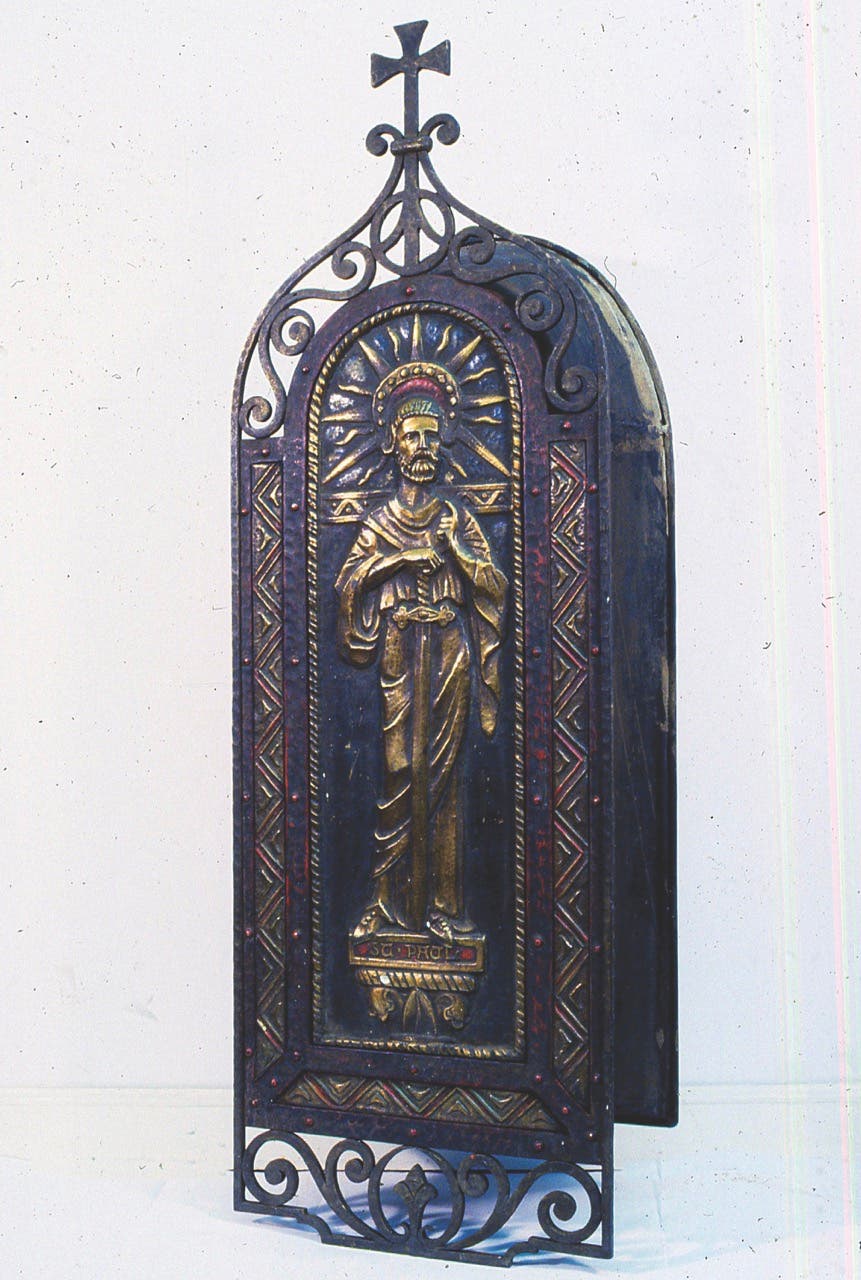
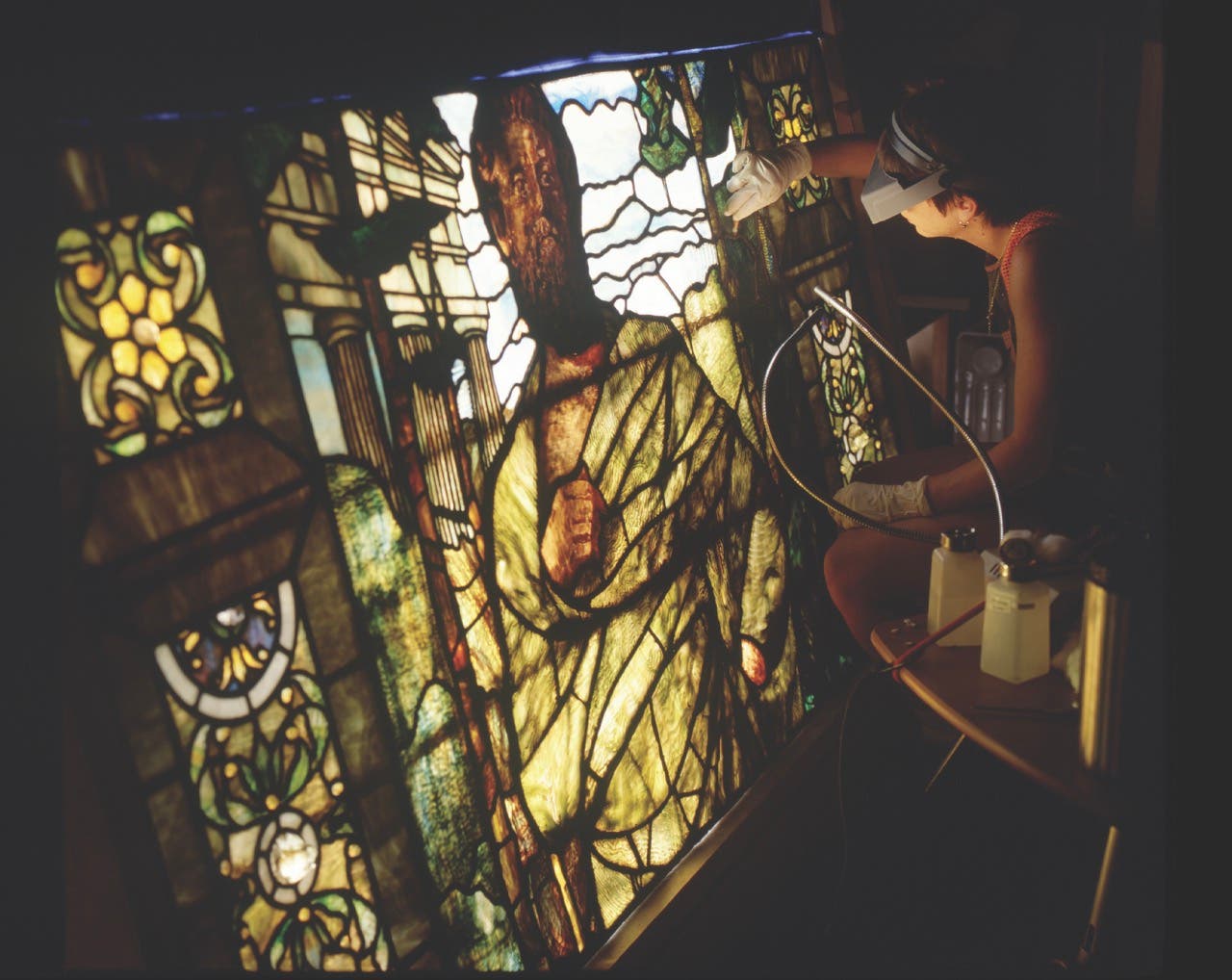
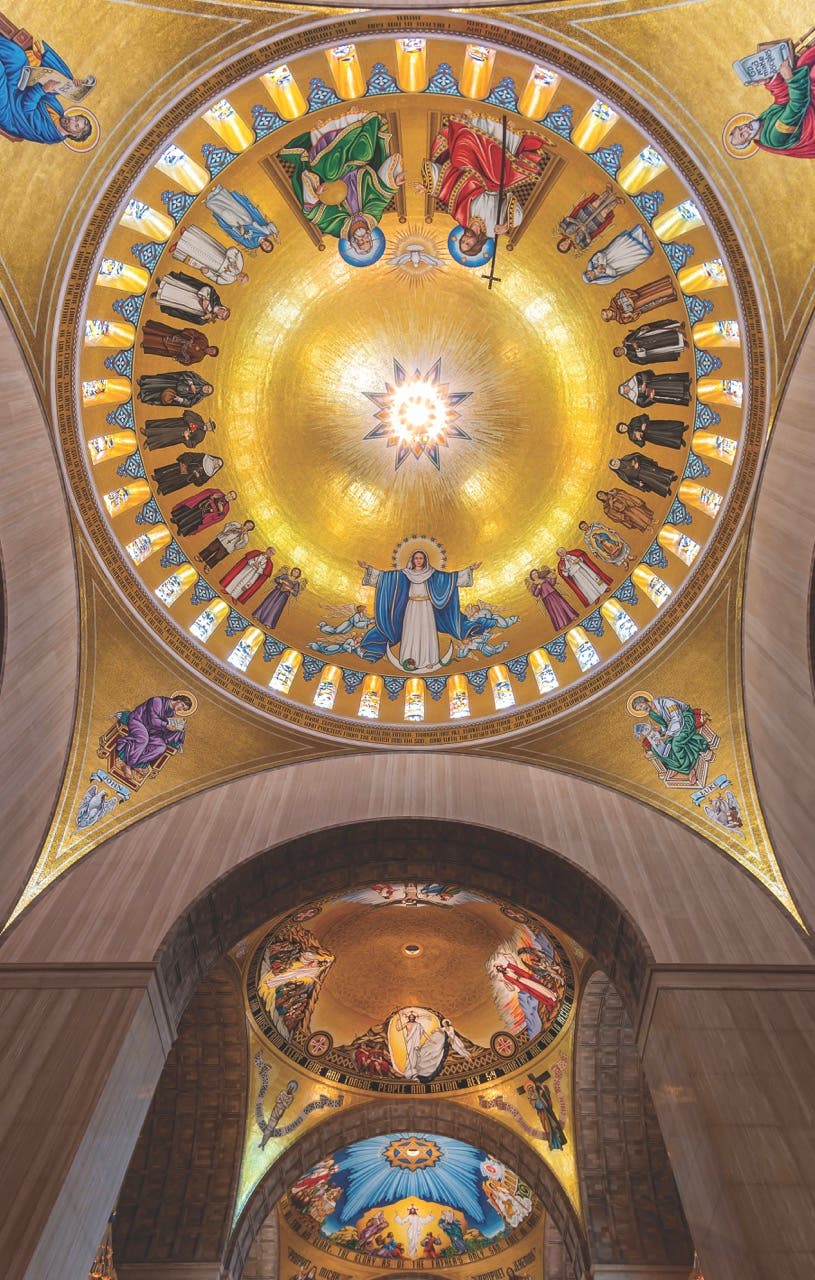
“What sets us apart is that we don’t have an individual style,” Martin says. “We listen to buildings and clients to create the vision.” Edwin adds that each project is overseen either by him or Martin, ensuring quality, accountability, and a quick response to every issue that crops up.
Through the years, the company has worked on virtually every type of religious or institutional and historic governmental entity in the country.

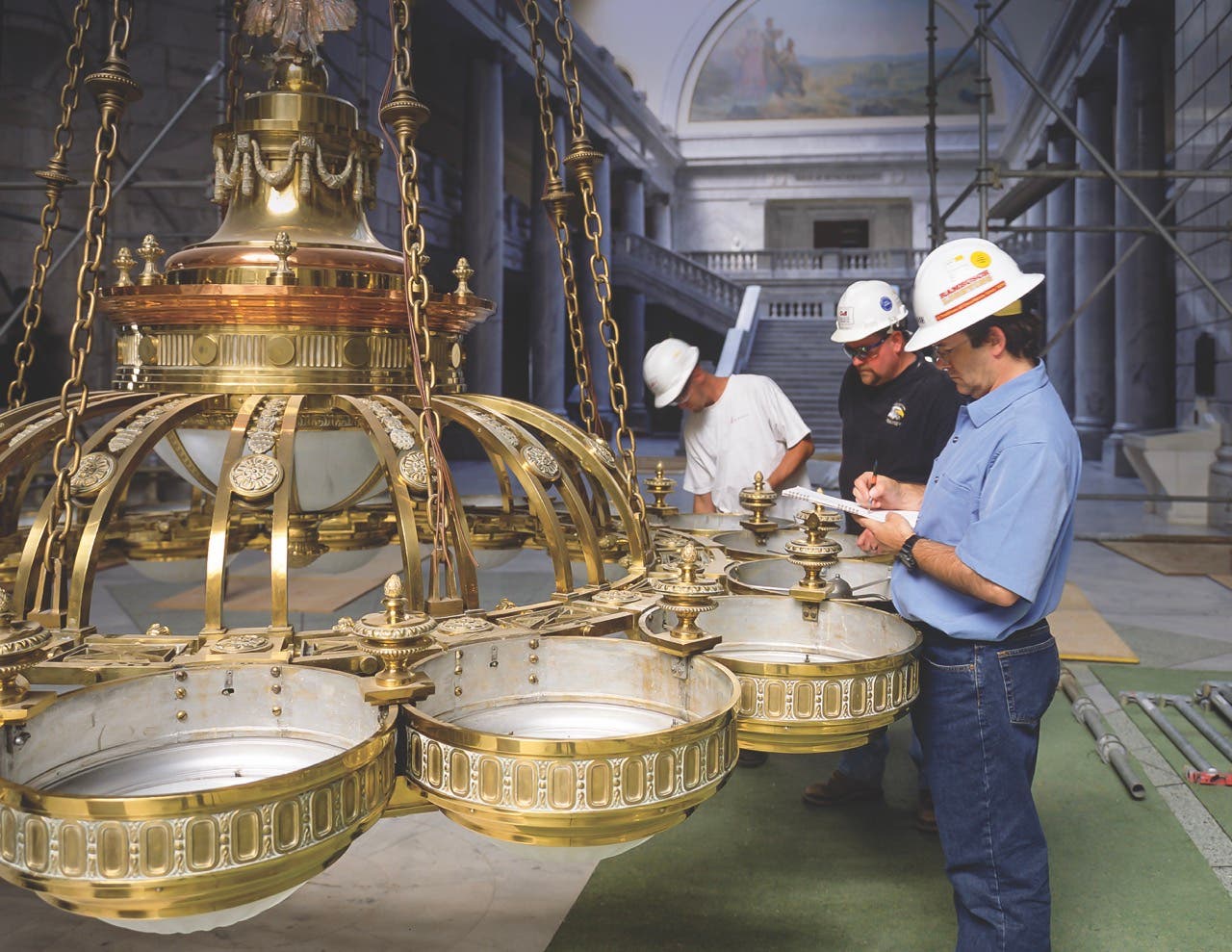
The restoration and re-creation of the Utah State Capitol’s 1,400 interior lighting fixtures, 1,000 of which were replications, remains one of Edwin’s favorite projects. “The state used an innovative method to select vendors that equally weighed each firm’s bidding price and knowledge and expertise in the field,” he says. “This is how we have survived for more than a century—our clients value our knowledge and take it into consideration.”
Martin’s favorite client relationship is one that started decades before he was born. Rambusch has been involved in various projects for the Basilica of the National Shrine of the Immaculate Conception in Washington, D.C., since 1931, when it did work on its Our Lady of Lourdes chapel, the first chapel outside the Crypt Church.
The latest monumental project for the shrine was creating a mosaic in the Trinity Dome. The mosaic, which is 88.5 feet wide and 44.25 feet tall, spans 18,000 square feet, which makes it the largest mosaic completed in a dome on the continent of North America.
Rambusch is now involved in helping to create a marble sculpture of Father Michael Joseph McGivney, the 19th-century Irish American priest who founded the Knights of Columbus, for the shrine’s Hall of American Saints.
“We are coordinating the fabrication,” Martin says. “We’re working with the carvers to take the artist’s vision to reality. It’s made of Botticino Fiorito marble imported from Italy to match the others in the hall.”
The Rambusches are passionate about their work because, Martin says, “every project is different.”
The company, is, indeed, distinguished by its wide range of commissions: It has created everything from an Episcopal bishop’s gold and enamel ring to a stained-glass window the length of a football field.
Edwin adds that “we are constantly learning and seeking changes in technology in the market. But you still need someone to make a beautiful design. Seeing a commission through from concept to design to finished work is what excites me.”
The brothers hope that there will be a fifth generation to take over the company, but it is still too early for anything to be set in stone.
What the Rambusches are sure about, though, is that during its second 125 years, the company will do what it has always excelled at—seeking projects and opportunities that require its unique expertise.
“We will continue to make beautiful objects,” Martin says, and Edwin adds, “We will let things emerge, slowly. The best tool we have is patience.”
See Rambusch.com for the full schedule of anniversary events for 2023 through 2024. TB


